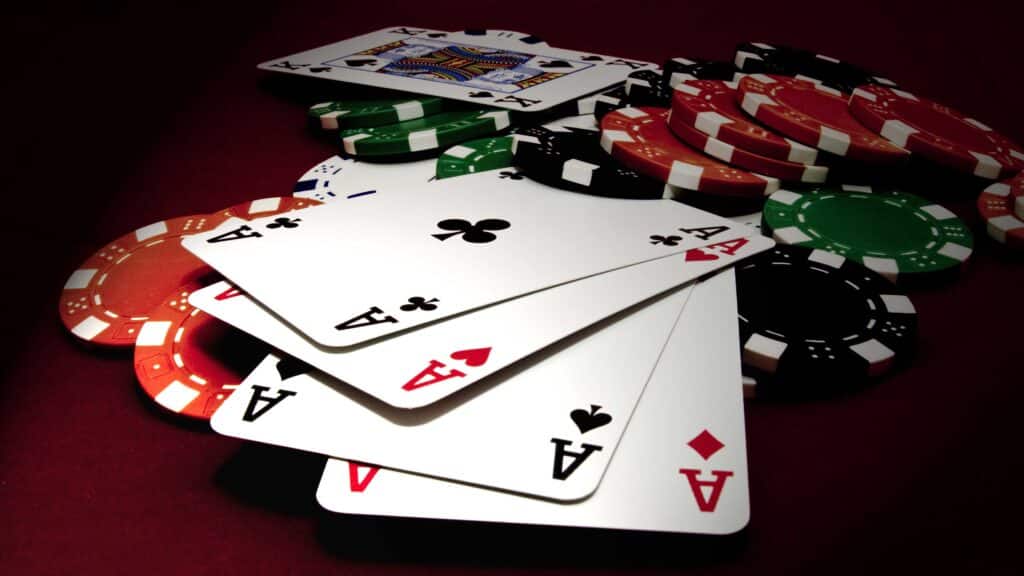Blackjack is one of the most popular and widely played casino games in the world. Known for its simple rules and exciting gameplay, it combines luck, strategy, and skill in a way that appeals to both new and experienced players. However, what many players may not know is that there are several variations of blackjack, each with unique twists and rules that offer new challenges and experiences.
In this article, we will explore some of the best blackjack variations and explain their rules in detail. Whether you're a beginner just getting started or an advanced player looking for new ways to sharpen your skills, this comprehensive guide will provide you with the knowledge you need to dive into different blackjack versions and maximize your chances of winning.
The Basics of Blackjack
Before diving into the various blackjack variations, let’s first understand the core mechanics of the game. Blackjack is typically played with one or more decks of standard playing cards. The objective is simple: beat the dealer’s hand by getting as close to 21 as possible without exceeding it. Face cards (King, Queen, and Jack) are worth 10 points, aces can be worth 1 or 11, and all other cards are worth their face value.
The game begins with each player receiving two cards, while the dealer also gets two cards, one face up and one face down. Players then have the option to hit (take another card), stand (keep their current hand), double down (double their bet and take one more card), split (divide two cards of the same rank into two separate hands), or surrender (forfeit half their bet and end the hand). The dealer must follow specific rules regarding when to hit or stand, which adds another layer of strategy for the player.
Now that we understand the basic rules of blackjack, let's dive into the exciting world of blackjack variations!
1. Classic Blackjack
Classic Blackjack, also known as “Traditional Blackjack” or “European Blackjack,” is the most widely played and well-known version of the game. It is the version most players are familiar with when they visit a casino, both land-based and online. Classic Blackjack follows the standard rules, but there are a few important details to keep in mind:
Key Rules of Classic Blackjack
- Number of Decks: Typically, Classic Blackjack is played with 1 to 8 decks of cards. Fewer decks often give players a slight advantage, while more decks increase the house edge.
- Dealer's Upcard: The dealer receives one card face-up and one card face-down. If the dealer has an Ace showing, players are given the opportunity to purchase insurance.
- Player's Options: Players can hit, stand, double down, or split. Aces can be split, and if players are dealt two 10-value cards, they can also split those into separate hands.
- Payouts: A standard blackjack payout is 3:2. This means if a player gets a blackjack (an Ace and a 10-value card) and wins, they receive 1.5 times their original bet.
Fun Fact: Classic Blackjack is believed to have originated in the 18th century in France, where it was known as “Vingt-et-Un” (French for “Twenty-One”). The game gradually evolved into the version we know today.
2. European Blackjack
European Blackjack is a popular variation of the game and is similar to Classic Blackjack but with a few key differences that impact the strategy and odds. It is often played in European casinos and online platforms offering a more authentic European experience.
Key Rules of European Blackjack
- Dealer's Upcard: In European Blackjack, the dealer’s second card (the hole card) is not revealed until the player has completed their turn. This rule makes the game slightly more challenging since players must make their decisions without knowing the dealer’s full hand.
- Decks Used: European Blackjack is usually played with two decks, though some casinos may use more. The fewer the decks, the better the odds for the player.
- Player's Options: Just like in Classic Blackjack, players can hit, stand, double down, or split. However, some versions of European Blackjack may restrict doubling down to specific hand values.
- Blackjack Payout: In European Blackjack, the payout for a blackjack (Ace and a 10-value card) is usually 3:2, similar to Classic Blackjack.
Fun Fact: The European Blackjack variation is often played in land-based casinos across Europe, and it has become a favorite in online casinos as well due to its simplicity and favorable odds for players.
3. Atlantic City Blackjack
Atlantic City Blackjack is a popular variation that is played in casinos in Atlantic City, New Jersey. This version follows many of the same rules as Classic Blackjack but with some key differences that make it a unique experience.
Key Rules of Atlantic City Blackjack
- Number of Decks: Atlantic City Blackjack is typically played with 8 decks of cards. While this increases the house edge slightly, it adds a level of excitement due to the increased number of cards in play.
- Dealer's Upcard: The dealer receives two cards, one face-up and one face-down. The dealer must hit if their hand totals 16 or less and stand on 17 or more. If the dealer has an Ace showing, players can place an insurance bet.
- Player's Options: Players can hit, stand, double down, split, and surrender. The ability to surrender, which allows players to forfeit half their bet and end the hand, adds an extra layer of strategy.
- Payouts: Blackjack pays 3:2, and the standard payout for a winning hand is 1:1. Insurance bets pay 2:1, but it’s worth noting that insurance is often considered a poor bet due to the odds.
Fun Fact: Atlantic City Blackjack was designed specifically for casinos in Atlantic City and has become popular in casinos throughout the United States due to its favorable rules for players.
4. Spanish 21
Spanish 21 is a unique and exciting variation of blackjack that uses a Spanish deck of cards, which is a standard deck minus the 10s. While this may seem like a disadvantage at first glance, it actually offers some attractive rule changes that can benefit skilled players.
Key Rules of Spanish 21
- Deck Composition: Spanish 21 is played with a Spanish deck, which consists of 48 cards (no 10s). This means there are fewer 10-value cards in play, which increases the importance of understanding the remaining deck’s composition.
- Player’s Advantage: Despite the absence of 10s, Spanish 21 offers some beneficial rules for players. For example, players can double down at any time, even after a split, and they can also receive a bonus payout for certain hands like a 7-7-7 suited.
- Blackjack Payout: A blackjack in Spanish 21 pays 3:2, but the real advantage comes with the variety of side bets and bonuses available during play.
- Dealer's Rules: The dealer must stand on a soft 17, and if the dealer has a 7, 8, or 9 showing, players can still use their strategy to their advantage.
Fun Fact: Spanish 21 is a favorite among high-rollers and experienced players who enjoy a game that combines classic blackjack strategy with exciting new twists and bonus payouts.
5. Blackjack Switch
Blackjack Switch is an innovative variation of blackjack that allows players to play two hands at once and switch the second card between their hands to improve their chances of winning. This game offers an interesting new dynamic and a fresh approach to strategy.
Key Rules of Blackjack Switch
- Two Hands: In Blackjack Switch, players are dealt two hands instead of one. After the initial cards are dealt, players can switch the second cards between their two hands, which can sometimes result in a stronger hand.
- Dealer's Upcard: The dealer receives one card face-up and one card face-down, following the typical blackjack rules.
- Switching Cards: The key feature of Blackjack Switch is the ability to switch the second card between your hands, which can lead to a winning hand. However, the dealer's blackjack will push against all player hands, so it's important to understand this rule before you start playing.
- Blackjack Payout: In Blackjack Switch, a standard blackjack pays 1:1 instead of 3:2. However, players can benefit from the ability to switch cards and adjust their hands accordingly.
Fun Fact: Blackjack Switch is a relatively new variation introduced by the game designer Geoff Hall. It has become increasingly popular in both land-based and online casinos, offering an exciting twist on the traditional game.
Conclusion
Blackjack is a classic casino game with a rich history and many exciting variations. Whether you enjoy the simplicity of Classic Blackjack, the strategic challenge of Atlantic City Blackjack, or the unique twists of Spanish 21 and Blackjack Switch, there is a version of the game that can suit any player's preferences and skill level.
For new players, it’s essential to understand the basic rules of blackjack before trying out the different variations. Once you're comfortable with the traditional rules, experimenting with different versions can be an enjoyable and rewarding experience. Advanced players can benefit from a deeper understanding of the nuances of each variation, as the rules and strategies often change from one game to another.
Whatever variation you choose, remember to approach the game with patience, strategy, and a good understanding of the odds. Happy playing, and may the cards always be in your favor!



